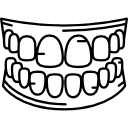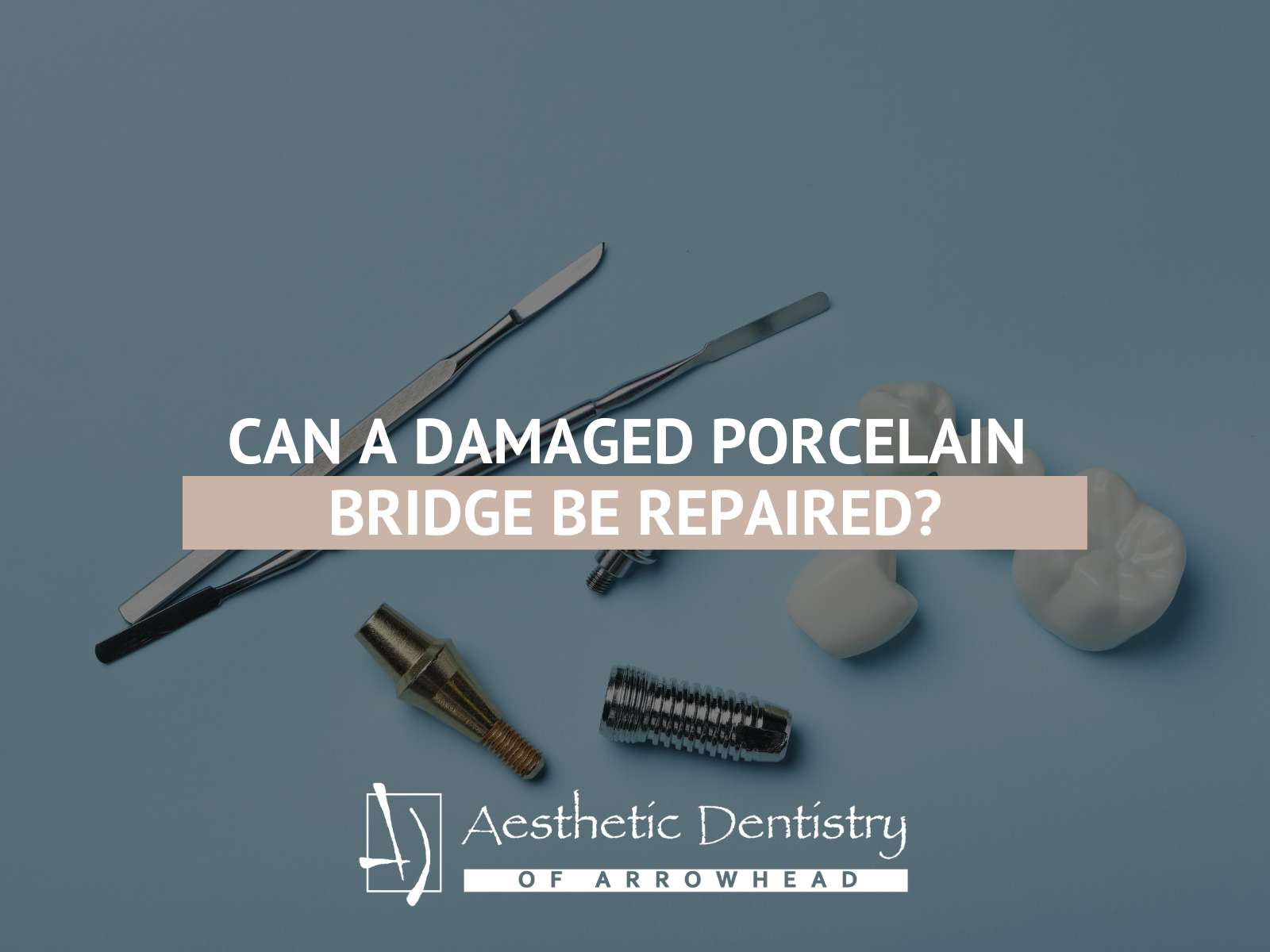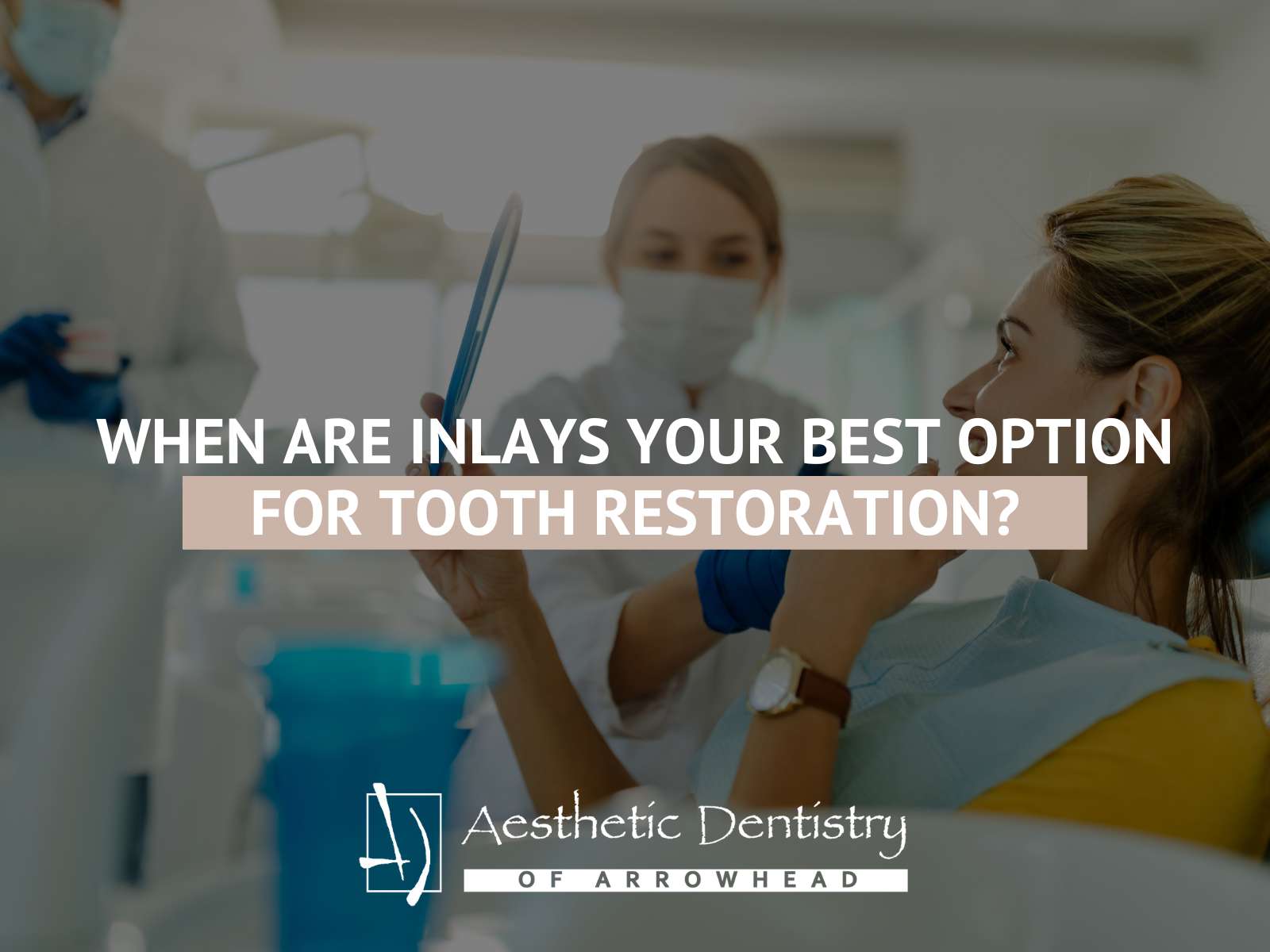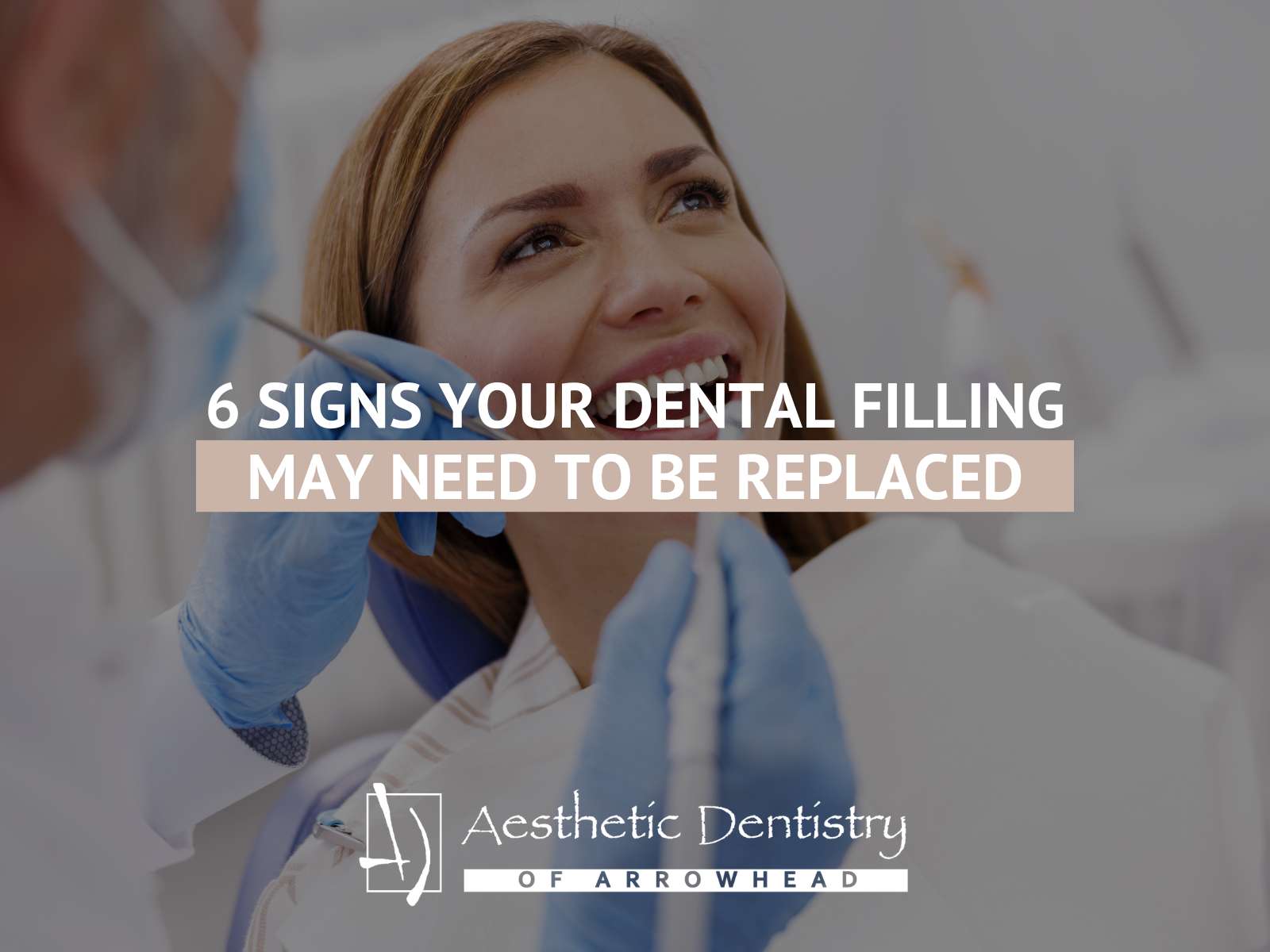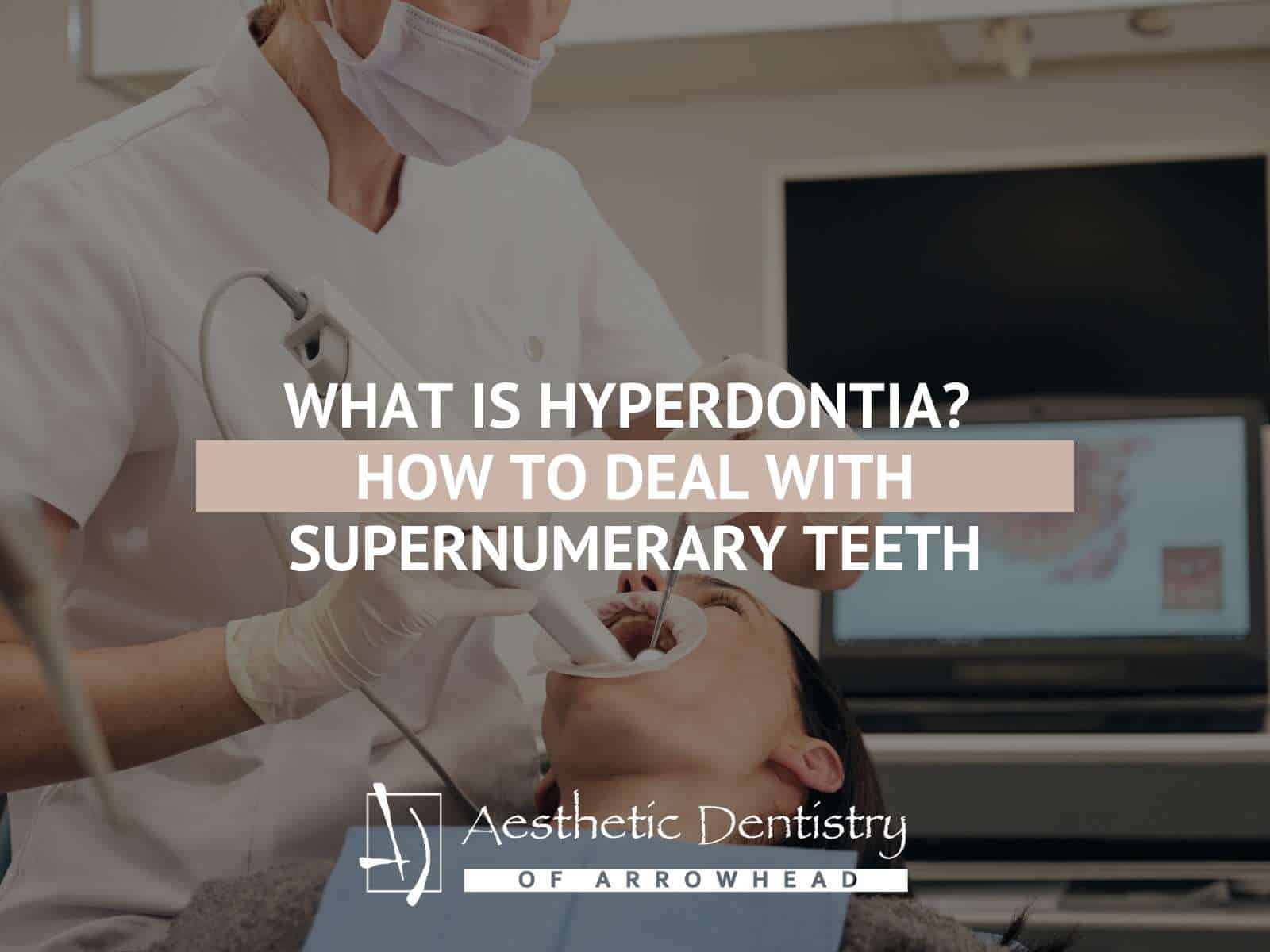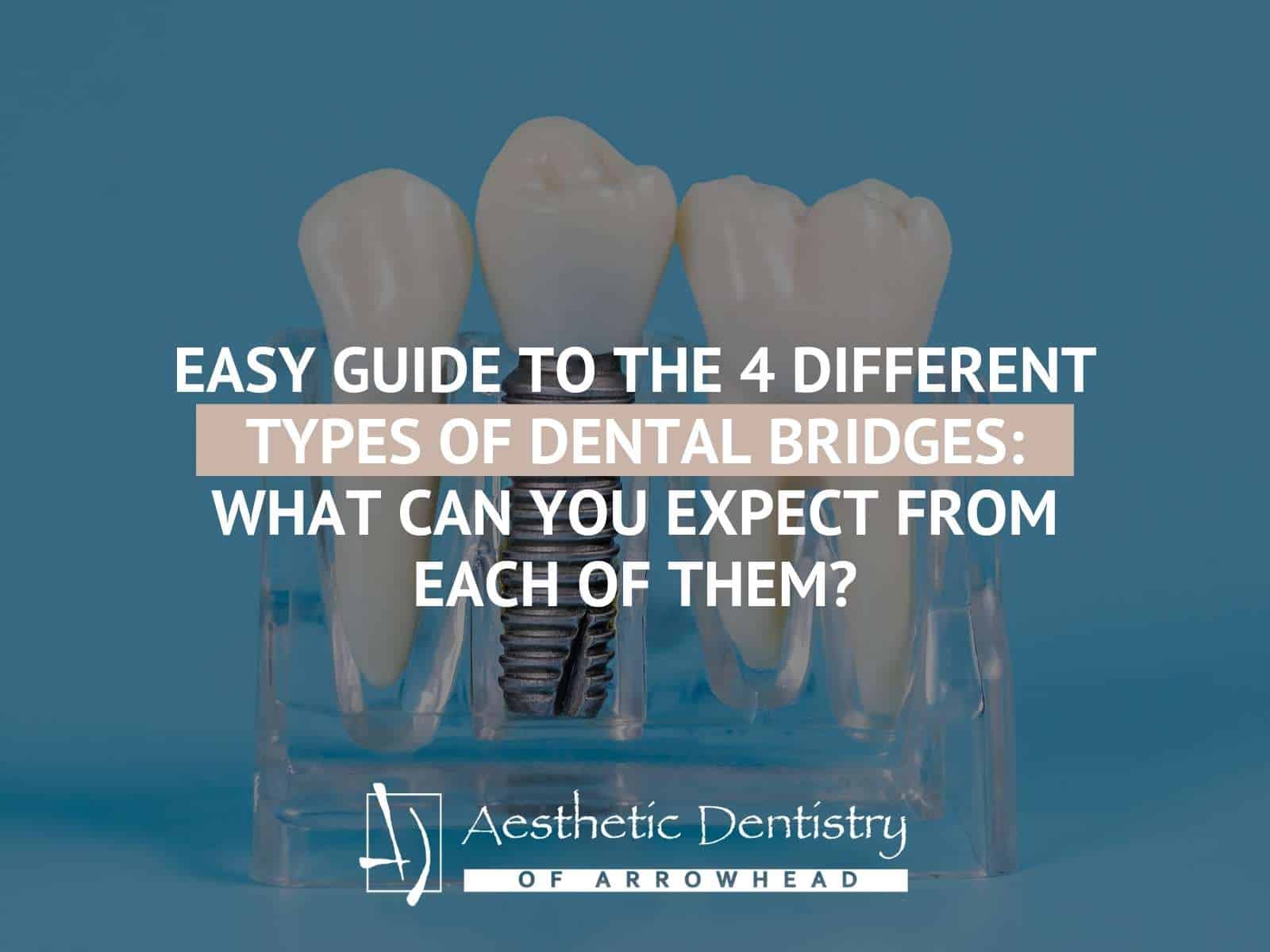How Braces Have Evolved and Which Ones are Best for You
Once upon a time, people thought of braces as modern-day torture devices. A mouth full of metal instantly came to mind – and potentially a few head-gear-type contraptions.
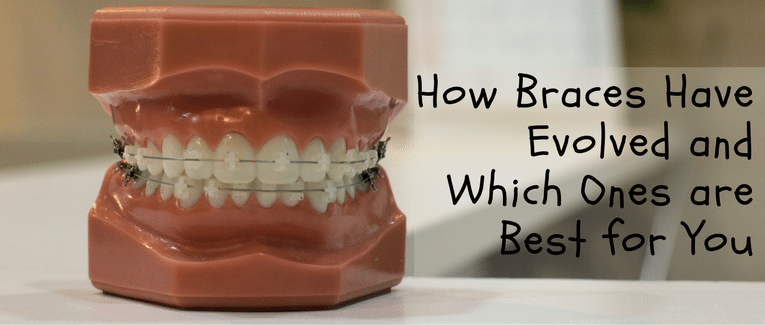
Fortunately, braces have evolved quite a bit since they were first invented. If you visit a cosmetic dentist near Arrowhead now, you will have a range of options to best suit your needs and your aesthetic preferences.
Here’s a quick look at how braces in Arrowhead have evolved and what options are available now:
Dental Devices in History
Long before we had what we know as “braces,” people were making attempts at correcting the alignment of teeth with other dental devices. Mummified remains from Egypt have been discovered with small pieces of cord tied around teeth in what was believed to be an attempt to close gaps.
As early as 1000 BC, Roman and Etruscan people were buried with something similar to a mouth guard on their teeth. Archeologists believe this was designed to prevent the teeth from collapsing inward so that the dead would continue to look good in the afterlife. Other Roman remains were discovered to have a wire attached to a bracket on the teeth – an attempt to close gaps and realign the teeth.
Early Research on Braces
In the 1700s, the research that led to modern braces began. In the early part of the century, a French book was published called “The Surgeon Dentist.” In it, there is a chapter that explores how to straighten the teeth. One device was known as the “bandeau” and it was a metal arch that was meant to hold the teeth in position.
Around the middle of the century, a second French book was published called “The Dentist’s Art.” In it, the author proposed that removing the wisdom teeth could make it easier to align the teeth since they contribute to overcrowding. The book also explored how to improve the bandeau.
The Advent of Modern Orthodontic Treatment
It wasn’t until the early 1900s that we used the term “braces” to describe a device used to straighten the teeth. However, as we know, there were many devices being used before that time that helped to straighten the teeth and correct bite.
Many of the components of modern braces were being used in the century before we started using the term. For example, in 1819, the first wire crib was used. This half-circular device was placed on the teeth to help them stay in alignment. It was the earliest thing that most experts recognize in our modern orthodontics treatment.
In 1843, another dentist started using gum elastics to improve jaw alignment. The elastic was connected to wires in the mouth, and it was used to slowly move the jaw into a new position. The idea was improved upon several years later with the use of rubber tubing cut into smaller bands.
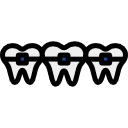
By the end of the century, x-rays were being used to discover potentially impacted teeth that could be contributing to misalignment.
The First Braces
The first braces similar to what we know were used in the early 1900s. Dentists wrapped each tooth and then connected the materials on the teeth by wire. The wire was tightened as needed to adjust the teeth.
No standards were set for what kind of materials were used to wrap the teeth and different dentists used different materials. Wood, copper, ivory, and zinc were all used. Some even used gold if it was available and in the patient’s budget. Silver was also used.
Modern Breakthroughs
A lot changed in America during the 1970s, including what techniques were used in orthodontic treatment. It was during this decade that dental adhesive was discovered, allowing dentists to attach metal brackets directly to the teeth. Before the use of adhesive, dentists had to wrap each tooth in wire to connect the brackets.
During the 1970s, dentists also started using stainless steel for orthodontic treatment, and they started experimenting with putting braces on the back of the teeth instead of the front, creating the first “invisible braces.”
It wasn’t until the 1990s that invisible braces as we know them today were perfected. A Stanford University graduate discovered the use of clear plastic trays to move teeth after noticing that her own teeth would shift when she didn’t wear her plastic retainer. Once she put the retainer in for a few days, the teeth would go back into place. She teamed up with another Stanford grad to develop the treatment that combined 3D computer technology and plastic retainers to straighten the teeth. Neither had any medical or dental training.
Modern Options
Now, patients who want to straighten their smile can choose from multiple treatment options. They can get the traditional Arrowhead metal braces (made out of stainless steel) or they can get the same style of braces made with a ceramic that better blends with the teeth. Invisible braces near Arrowhead that use the plastic trays are available from several companies, and dentists around the country offer them.
Deciding which treatment option is best for you is mostly a matter of preference and budget. However, some severe dental issues may not be able to be treated with the Arrowhead invisible braces. The best way to know what kind of braces you need is to talk with your Arrowhead dentist.
Aesthetic Dentistry of Arrowhead in Arizona offers all kinds of options to straighten or brighten your smile. Our cosmetic dentist will examine your teeth and discuss your concerns before presenting you with the best options for getting the smile you want. We also offer options like dental implants near Arrowhead and veneers that can correct other aesthetic irregularities in the teeth.
Contact us in Arrowhead today to make an appointment with the dentist and start exploring your options for the brighter, more beautiful smile that you want.

Dr. Greg Ceyhan – Aesthetic Dentistry of Arrowhead
Glendale, Arizona 85308
Map | Directions
Phone: (623) 979-1515
Fax: (623) 878-1811
Office Hours: Monday-Friday: 8am-5pm
Website: https://www.drgregceyhan.com

